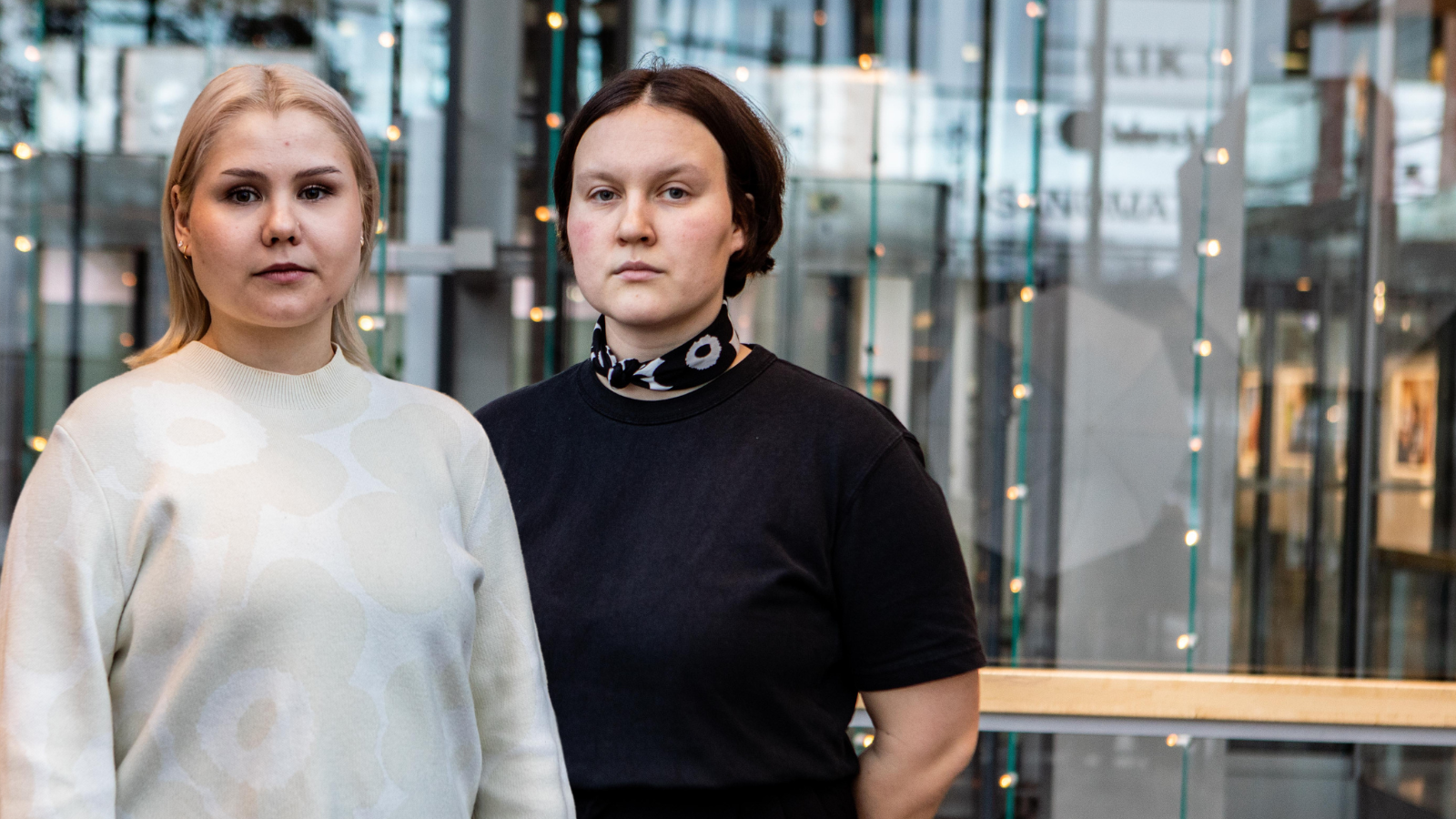Last week the Finnish Government had its mid-term review. The preparations for the negotiations were thorough and expectations were high: now was the time to put in place the final corrective measures in order to increase the rate of employment, invest in cutting-edge research and eliminate the final incentive traps from the social security system. A few good precisions were made in relation to the Government programme, but as a whole the results were fairly lacklustre, and the investments in education were considerably smaller than planned.
The new flagship for cutting-edge research
“400 million for skills and research,” tweeted the Minister for Education before the press conference after the mid-term review. Sounds good, especially seeing as there had already been talk of capital being directed towards the universities since last October, and the Minister shared the interest groups’ view that the magnitude should be in the hundreds of millions, if not more. But don’t hold your breath just yet: from this pot, only 50 million will go to higher education, while a total of approximately 200 million will fund research.
These funds will go to Tekes and the Academy of Finland, both to their capital (60 million each) and to separate objects. In addition, Tekes will receive 70 million for “joint projects of businesses, research institutes and the Government which accelerate growth”. The Academy, on the other hand, will be funding “flagship” research centres, which will be founded in connection to the universities and research institutes. These will be awarded 50 million during 2018–2019. Theme-specific research centres will be chosen for the flagship programme, and the criteria for these will be determined later.
Universities Finland UNIFI welcomed these additional funds, even though the magnitude was smaller than expected. Another noteworthy point is the relation to previous cuts: the Government programme cut 138 million of Tekes’ funding on top of the 70 million that the previous Government had already cut, over 110 million was cut from the Academy of Finland and other research funding, while 100 million per year was cut from universities.
This shows that the Government is still unwilling to direct the appropriation for education directly to the universities. Instead the funds are directed to institutions where the distribution criteria are decided politically, and not by the universities. This will not only support the Government’s wishes of profiling the universities, but also its commercial, export and innovation goals. If these flagships are carried out well, they can lead to synergy benefits when top expertise from different fields and different universities is brought together under one theme.
A friendly gesture to students with children
The cuts to the financial aid for students and the move to the general housing allowance will come into effect in September. The study grant will be reduced by 86 euros per month, and the share of the financial aid that is made up of the student loan, as well as the loan amount, will increase. When combined with the changes to the housing allowance, these changes will particularly affect the income of students living with another person who is working, even though this change will also increase the level of housing allowance for more than 100,000 students. Another group that is cause for concern is students with children, who are already struggling to combine studies and family life because of their low income.
This is why SYL started a joint campaign with SAMOK and Väestöliitto in the spring to introduce a provider supplement to the financial aid for students, which would guarantee the position of student families amidst all the cuts. As the Government programme set a goal to save 150 million euros from the expenses caused by the financial aid for students, no major relief can be expected in the financial situation of students, but this was seen as a realistic and important reform. Many other stakeholders also supported the introduction of a provider supplement.
As a result of the mid-term review the Government parties decided to introduce a 75-euro provider supplement. This reform will not increase the total sum of the financial aid for students with children, but it aims to retain their level of benefits despite the cuts. It is worth noting that we were able to include a new element to the financial aid for students after 25 years.
Changes to benefits for housing and early childhood education
The rapid increase of the cost of the general housing allowance over the past few decades has been at the centre of the public debate this spring. From next autumn onwards students, like others receiving benefits, will be included in the general housing allowance, and therefore the funds were increased by 55 million. Something that is seen as particularly problematic is the connection of the housing allowance to the rent increase and the rapid cuts to the benefit amounts for those on a low income.
Based on a decision made during the mid-term review, the total budget will be cut by 30 million, and the criteria will be tightened. The index increments of the housing allowance will be changed from the rental index to the cost-of-living index, which changes more slowly, and there will be an upper limit on the price of an apartment based on the rental price per square metre. The maximum level of rent per square metre has not yet been defined, but hopefully it will be set at a level that does not cause those claiming housing allowance to disappear from the more expensive and central neighbourhoods, which would lead to a segregation of the neighbourhoods particularly in the metropolitan region.
There are also attempts to eliminate incentive traps between social security and low salaries by reducing the costs of early childhood education. This will mean that approximately 6,700 new families will no longer pay for day care. What disappointed representatives from many Government parties was that a more comprehensive reform of the parental leave system was not carried out, even though it could have particularly improved young women’s employment opportunities.
International work and innovations
The measures to support employment were also more lacklustre than expected in other areas. It was, however, made easier for international experts to gain employment through the Talent Boost programme by improving support available in English and supporting entrepreneurship. New criteria for start-up entrepreneurs will be included in the Aliens Act, and there will also be other reforms in the spirit of internationalisation. The challenge in how to move from being a student to being an entrepreneur or employee without losing access to health care services or insurances remains.
50 million will also be directed to the Business Finland entity in order to promote businesses’ export and tourism activities. This entity, which will be launched at the beginning of 2018, will gather the services of Tekes and Finpro, and also include the Team Finland Knowledge network, which promotes internationalisation within higher education and research. Presumably the aim is to unify the disjointed field of education export through the use of shared tools.
“A plaster on a large wound”
An article that was published in the magazine Suomen Kuvalehti last week does a good job at reminding us of how the talks last autumn of a change of direction in higher education policy and capitalisations of hundreds of millions of euros shrank considerably in six months. It also reminds us of the background: these new investments will only fix a fraction of the hole made through the Government programme. The idea seems to be to first drop everyone in cold water, and then steer the ones who managed best in the desired direction through small allowances.
This time there will, however, also be financial support directed to carrying out the reforms. The vocational school reform will receive 30 million, and the universities will no longer be forced to carry out cutting-edge research by giving up some other part of their activities. Are we perhaps moving away from vague profiling aims and large cuts into a new direction? SYL welcomes both the relief to students’ financial situation and methodical increases in the support given to research.
Riina Lumme,
President of SYL




